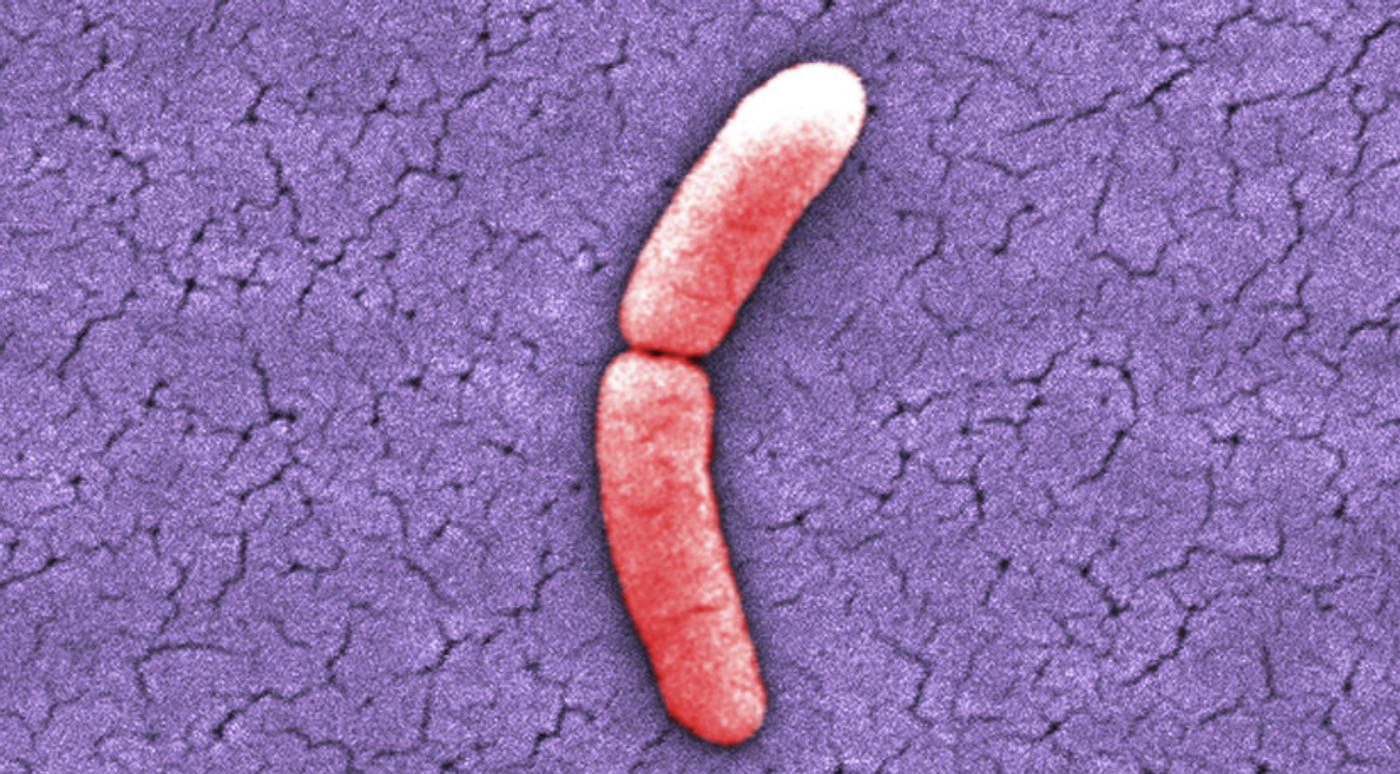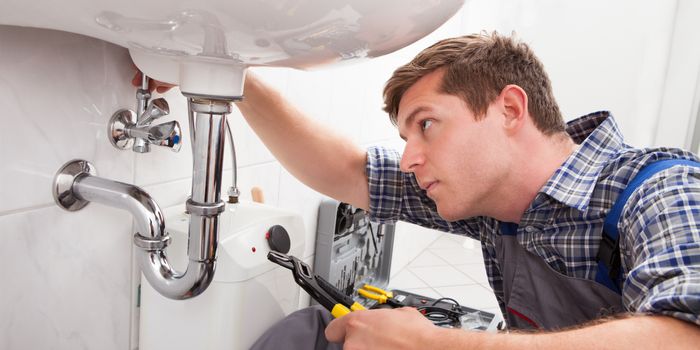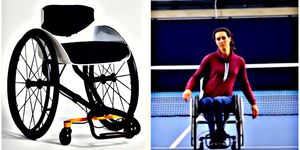Revealing How Gut Bacteria can Impact our Health
Our gastrointestinal tract pays host to trillions of microorganisms, which have been shown to play a highly influential role in our health and well-being. Now researchers are starting to understand how that influence plays out at the cellular level. New work has shown that gut microbes can interact with cells that line the intestine, as well as immune cells. Those interactions maintain a balance between our immune system’s response to invaders and inflammation that is unnecessary. Reporting in the journal Immunity, the researchers suggest that the microbial populations in the gut can be manipulated to prevent or treat illnesses like inflammatory bowel disease.
"A significant body of work currently indicates that the microbiota shapes the immune system and helps it to do its job," said corresponding author Dr. Gretchen Diehl, assistant professor of molecular virology and microbiology co-director of the Biology of Inflammation Center and a member of the Dan L Duncan Comprehensive Cancer Center at Baylor College of Medicine. "Disease-causing microbes, such as Salmonella, evoke a strong inflammatory immune response that is directed at eliminating the microbe. But an inflammatory immune response, especially in the intestine, can be damaging to the healthy tissue. Here we defined a role for the microbiota in modulating the immune response in a way that reduces inflammation and limits the damage it can do to the gut."
When our body gets an infection, our immune system detects those invaders and uses special cells called antigen-presenting cells to stimulate the immune system to attack with T cells. A different group, anti-inflammatory T cells, are also employed to keep that immune response in check so it doesn’t harm innocuous stuff in our bodies, like the foods we eat. (The video above outlines the work of the immune system in the gut).
It was found that microbes in the gut can reduce inflammation; they signal to antigen-presenting cells to release an anti-inflammatory molecule called cytokine IL-10. That molecule, in turn, dampens the response of inflammatory T cells and encourages regulatory T cells that will equilibrate the system.
"The result is a balanced response that still can fight off an infection like Salmonella, but that is regulated to prevent damage to the healthy intestinal tissue," Diehl said. "We wanted to know how the microbiota could induce these kinds of responses."
"We found that when we gave the laboratory animals antibiotics, the antigen-presenting cells did not make IL-10. When we put back bacteria in the animals' guts, only bacteria that could attach to the intestinal epithelium triggered IL-10 production by antigen-presenting cells and reduced the inflammatory response," Diehl explained.
"It's somewhat counterintuitive because microbes that can attach to the intestinal epithelium are thought of as pathogens that can potentially cause disease," she noted. "But in this case, we found that the attachment of bacteria to the epithelium was not causing disease; on the contrary, it was necessary to promote a balanced regulation of the T cell responses and helped protect the gut."
This work is surely only the beginning of our understanding of how microbes in the gut impact the intestine and our health in general. The team is continuing to investigate how the relationship between the microbes and epithelial cells impacts cellular signaling pathways that affect the immune response.
"A take-home message for us is that a healthy microbiota is necessary to allow for a balanced response to not only protect us from infection but also to limit potential tissue damage as the immune system attempts to eliminate pathogens," Diehl concluded.
Sources: AAAS/Eurekalert! Via Baylor College of Medicine, Biochemical Journal, Immunity









